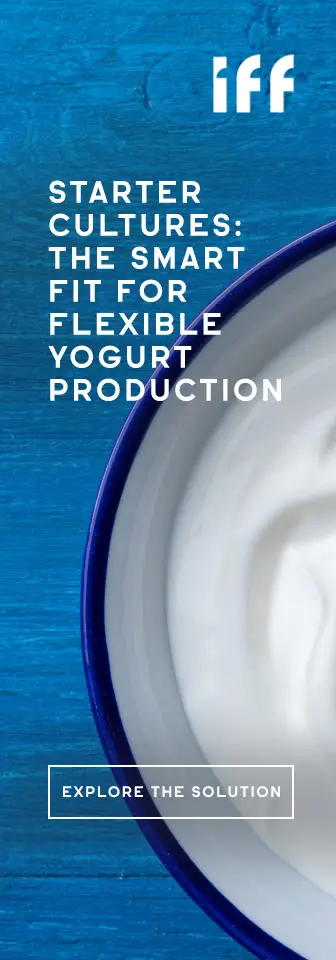EU Announces Additional €30 Million Support for Agricultural Products Amid Russian Embargo
04 Sep 2014 --- The European Commission has confirmed its intention to provide an additional €30 million of EU funding for CAP promotion programmes starting in 2015, on top of the €60 million that is foreseen annually in the CAP budget. As these schemes are co-funded, this change is likely to mean an additional 60 million EURO for promotion measures.
Aimed at alleviating the impact of the Russian measures against certain EU agricultural products, this additional effort will start with the promotion programmes that need to be submitted by the end of September.

Confirming this step, EU Commissioner for Agriculture & Rural Development Dacian Ciolo? stated today: "Promotion programmes are one of the CAP instruments which can be used over the medium term to address the market difficulties expected in several sectors as a result of the Russian ban, helping producers to find new sales outlets within and outside the EU. Today's change means that €60 million of EU funding is available for promotion projects submitted by the end of this month. As this is co-funded by the promotion organisations themselves, this means that schemes worth at least €120 million could start running in 2015. I strongly encourage agricultural organisations to make the most of this opportunity and to present ambitious promotion schemes in the coming weeks".
This announcement comes in addition to the exceptional market support measures for peaches & nectarines (€33m) and other perishable fruit & vegetables (€125m) already adopted and the activation of private storage aid for butter, skimmed milk powder and cheese announced last week and due for adoption this week.
For more details about the measures taken since the Russian measures were introduced on August 7, see IP/14/920, IP/14/932 and IP/14/954
Each year, the EU foresees some €60 million for co-financing promotion programmes, awarded in two tranches, based on programmes submitted – up to €30m for programmes in the first tranche, and the rest for the second tranche. The deadlines for organisations to present their programmes to Member States are the end of September and the end of February. Member States then submit selected programmes to the Commission for evaluation. Today's announcement means that up to €60million will be available for programmes submitted to Member States this month.
The EU finances up to 50% of the cost of these measures (up to 60% in programmes promoting the consumption of fruit and vegetables by children), the remainder being met by the professional/inter-branch organisations which proposed them and/or by the Member States concerned. Today's move to provide an extra €30 million of EU funds will therefore mean in practice that roughly €60m more will be invested in EU promotion schemes than was previously foreseen. The Commission will prioritise schemes for products that might otherwise have been exported to Russia.
On August 7, 2014, Russia announced the introduction of an import ban, applicable from August 8, on certain meat, dairy, fruit, vegetable and processed food products from the EU, USA, Canada, Australia and Norway.
Russia is the second biggest export market for EU agricultural products. Food and raw materials account to 10% of all EU exports to Russia – but this is maybe only 1-3% of overall EU production. But again this varies from product to product and region to region.
Generally speaking, the EU will be the most affected partner among all those targeted by the measures, as 73% of imports that are banned come from the EU. This comes as no surprise, given that the EU alone represents 86% of Russia's total imports from the EU, US, Canada, Australia and Norway (and 43% of entire Russian imports from the world).
Last year, overall EU agricultural exports to Russia were worth €11.3 billion, but the Russian measures cover only exports worth €5.1bn, i.e. 43% of these exports. For example they do not include wine & spirits, cereals, pasta, olive oil, beverages, and a range of other products.












